Anyone with a pet can tell you that a certain amount of attentiveness comes with pet ownership. Puppies and kittens especially can get into anything and escape through the tiniest opening. When pet proofing your home, toxic plants and food are often the first things you think of, but there are other dangers that in your home and garden that could cause harm if not taken care of. Both indoors and outdoors, there are many hazards your pet could face.
The good news is, you pet will probably ignore a lot of these potential dangers. And the rest, you can easily take care of. Some things are mostly common sense, like keeping small objects that can be easily eaten or swallowed out of reach. When it comes to other dangers, you may need to take on a new perspective. Look around your home from your pet’s point of view and see what might be tempting and troublesome. Pet-proofing your home is a lot like baby-proofing; you’re simply trying to identify possible problems before they happen.
Also, while dogs sometimes seem more trouble-prone than cats, cats can access more (and higher) spaces in your home.
Food is, obviously, the most common problem your pet will face in the kitchen, and chocolate is probably the first thing that comes to mind for pet owners. But there are many other foods you should keep out of reach. Avocados, grapes and raisin, macadamia nuts, onions, garlic and coffee can all be harmful to your pets. Additionally, knives should be kept where they can’t be knocked off the counter, and you should always keep eyes out for small objects like twist ties that can easily be swallowed.
Installing a door or gate is a great way to keep animals out of the kitchen while you’re cooking.
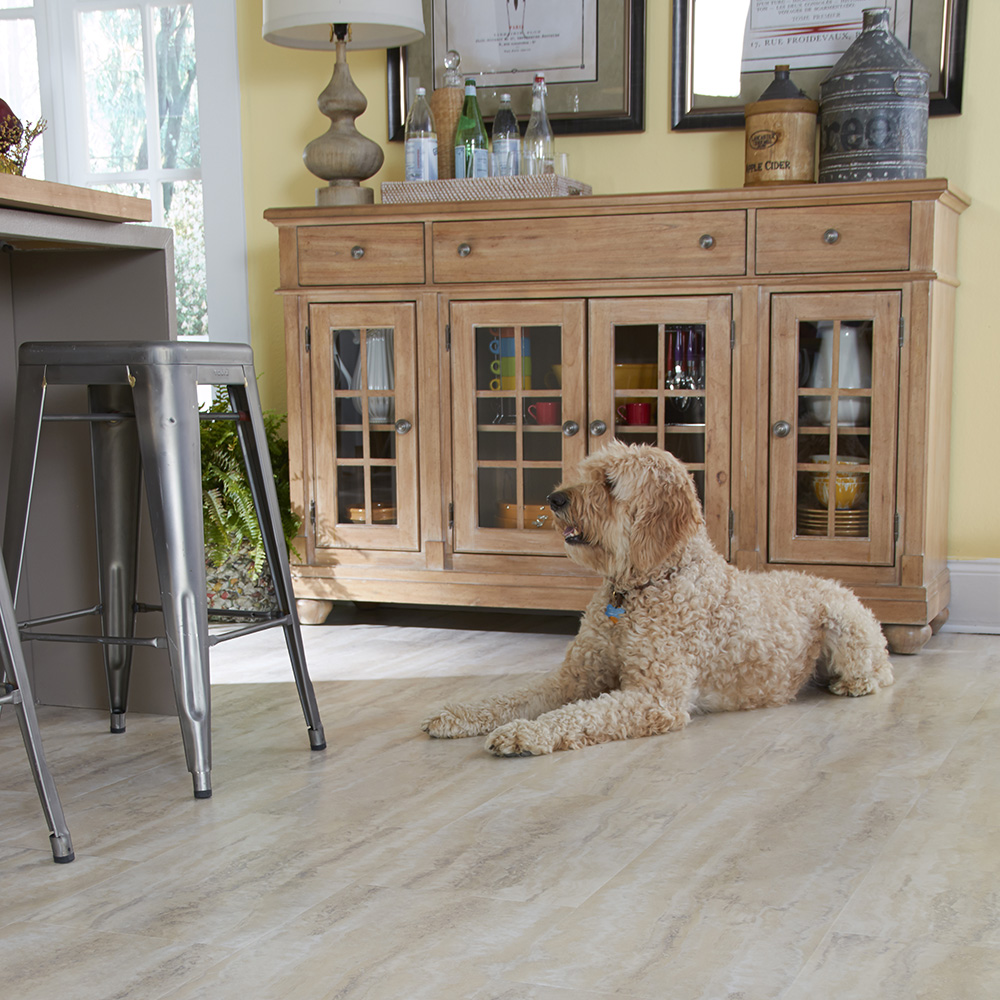
Bathrooms and Laundry Rooms
Again, some hazards are obvious. Cleansers, detergents, fabric softeners, bleach, medications, vitamins and even dental floss can all be dangerous if eaten or swallowed.
Dogs may also be tempted to chew on, and potentially swallow, towels and stray socks, which can lead to severe gastrointestinal problems.
And of course, there are more dangers in the bathroom and laundry area that you might overlook. Not only is it just gross, but drinking out of the toilet isn’t good for pets, especially if you use chemical cleansers. Unattended sinks and tubs filled with water can pose drowning hazards for small pets.
Washers and dryers can be a tempting spot for a lazy cat nap, and they’re easy to miss if you toss in a load of clothes. Keep appliance doors closed at all times.
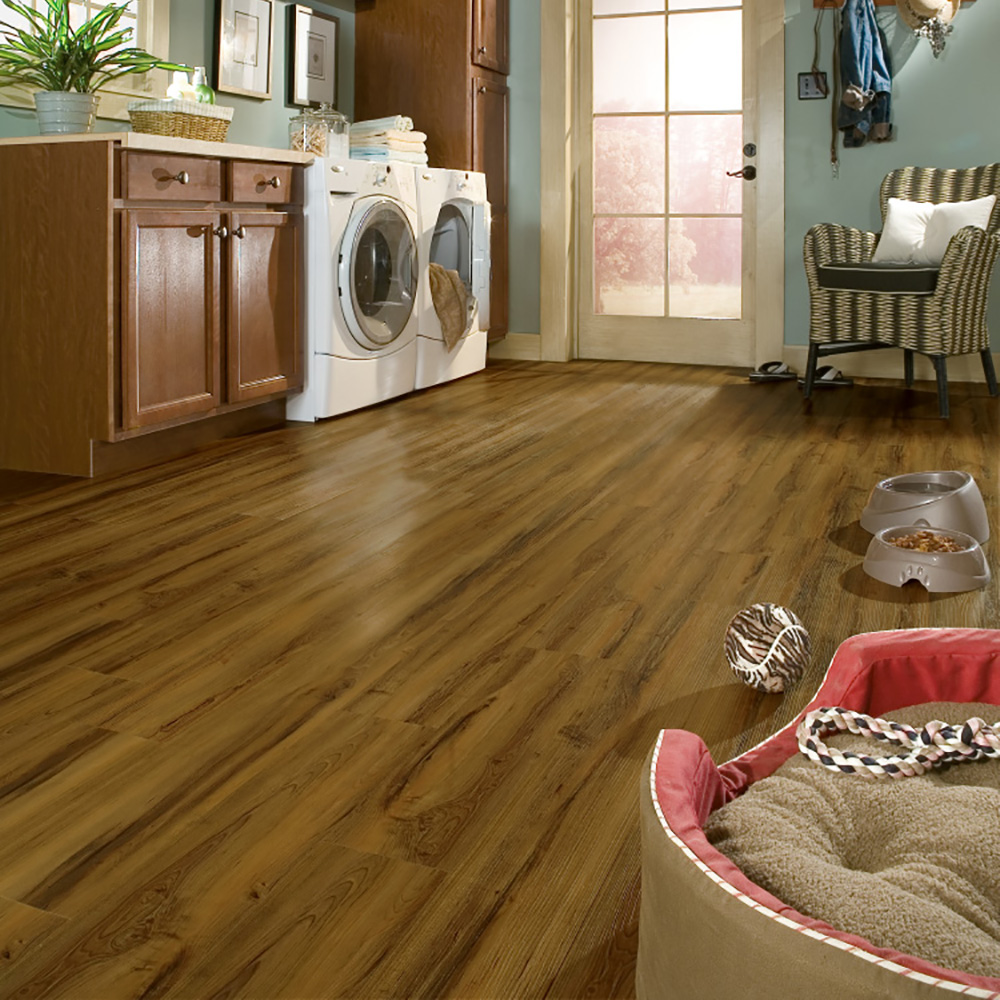
Gathering Areas
These are generally pretty low on the scale of hazardous rooms, but there are a few possible trouble spots.
Wires and cords can definitely pose a problem. Chewing on a plugged-in cord can lead to electrocution, so tucking cords away or keeping them covered will help deter pets and, as a bonus, will leave your room looking neater.
As a general rule, keep anything you value or anything that you don’t want chewed out of reach when you’re not around. This will cut down the number of choking hazards as well.
If you feel the need to let in fresh air, make sure windows and doors have screens before leaving them open. Make sure that if your pets can get out, they’ll be venturing into a safe place, such as a fenced yard, not out into a world of cars and other dangers.
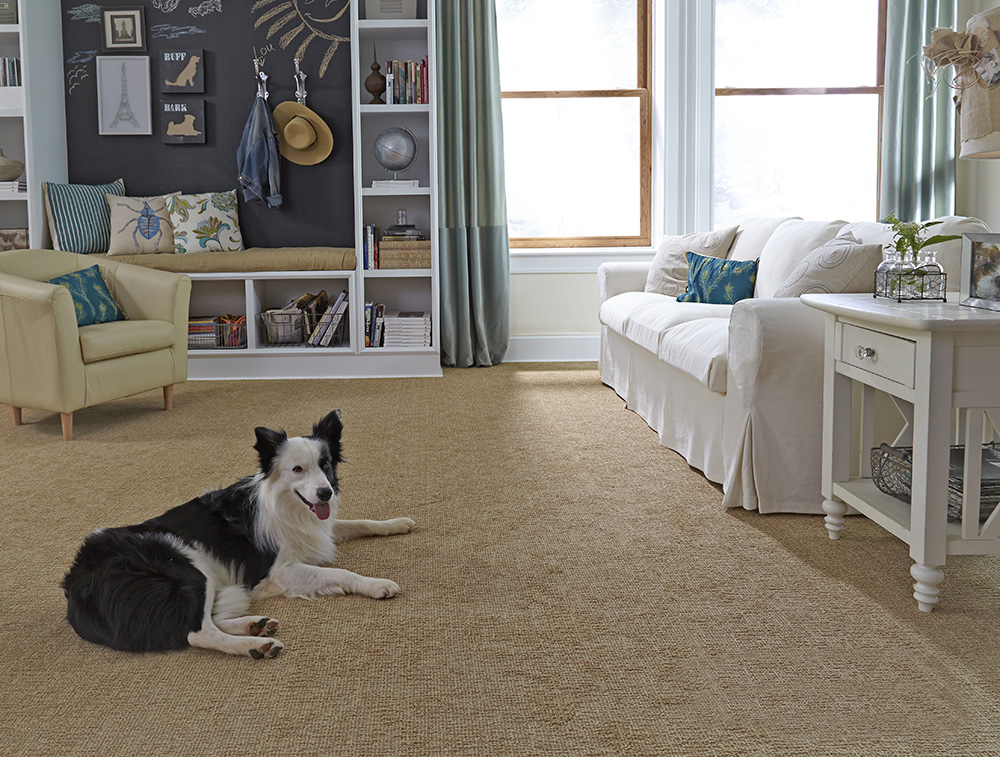
Bedrooms
Aside from puppies chewing on your good shoes, bedrooms are generally fairly harmless when it comes to pets. But to be on the safe side, keep jewelry, hair clips, and other small objects away from curious pets.
One serious hazard, though, is mothballs. They are toxic, so be sure that if you use them, they’re in a place your pet absolutely can’t reach.
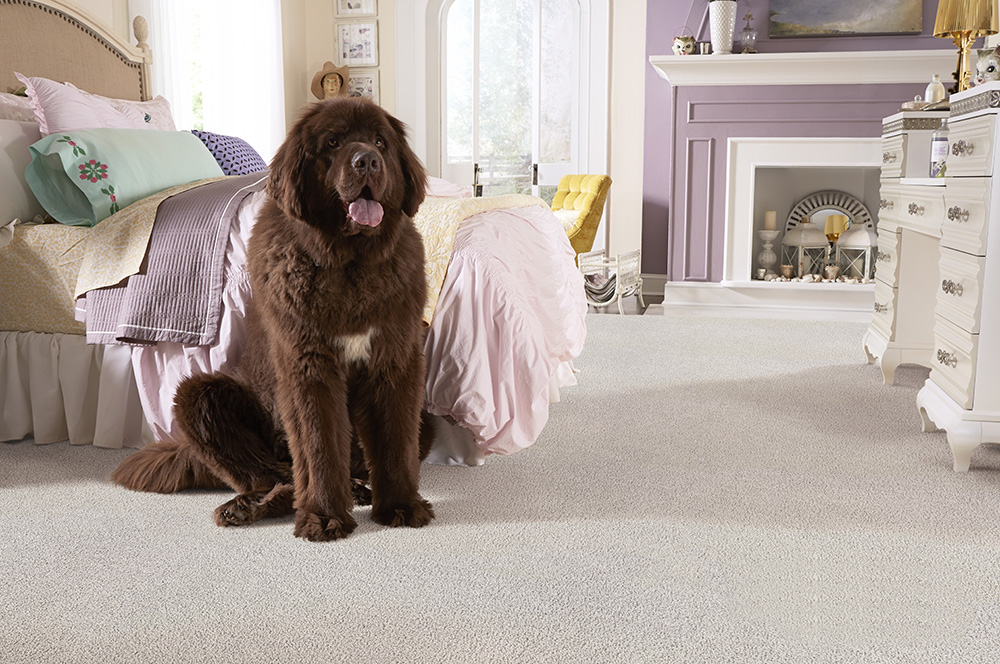
Garages and Storage Areas
Garages tend to be storage areas for lots of things, including some that can be a problem if your pets get into them. You should always keep things like pesticides, gasoline, oils and other solvents and chemicals either high up or in a closed cabinet.
The same goes for choking hazards, like screws, nuts, bolts and nails. This is true for the entire home. There are odds and ends throughout the whole house such as batteries, buttons, coins, paper clips and rubber bands that can cause problems if chewed or swallowed. Plastic bags and plastic wrap can cause suffocation. Keep a vigilant eye out for choking hazards in every room.
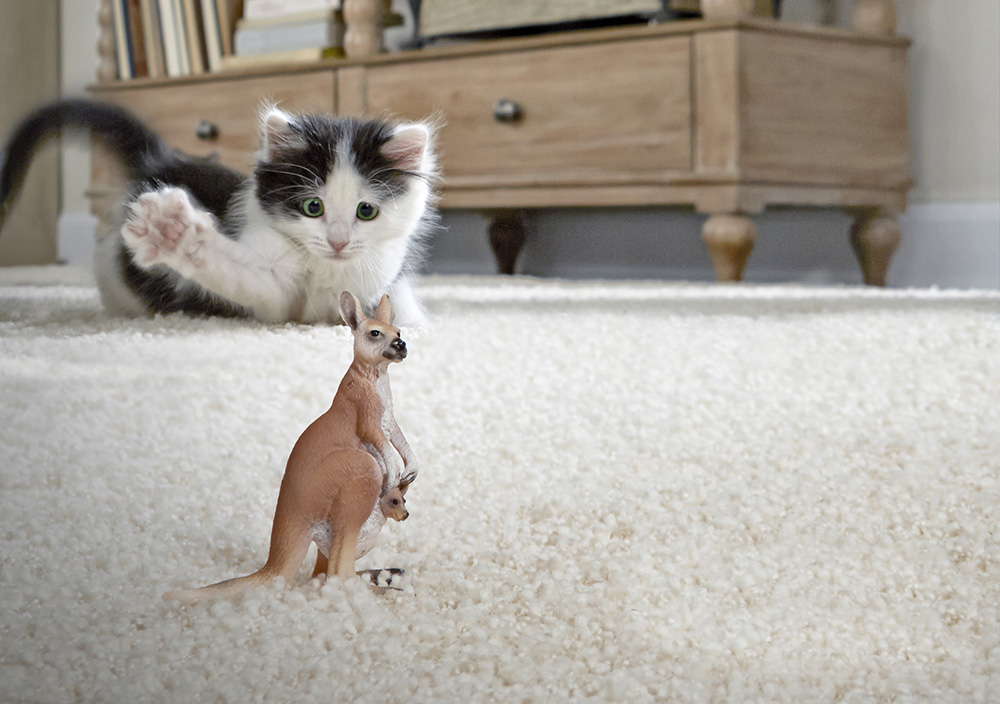
Outdoors
The Great Outdoors is riddled with both natural and man-made dangers to our pets. Just as different foods in the kitchen can cause problems for pets, so can some plants in the garden. Before planting anything new (or before bringing home a new pet) do some research to make sure you don’t have any plants that could be harmful to your furry friends.
Compost, cocoa-based mulches, pesticides, insecticides, fertilizers and other garden chemicals can all cause problems for your pets. Your first line of defense should be keeping things stored away safely and out of reach.
Traditional snail and slug bait is also toxic. If you need to keep your vegetables and other plants safe from pests, look for barrier methods or pet-friendly bait formulas.
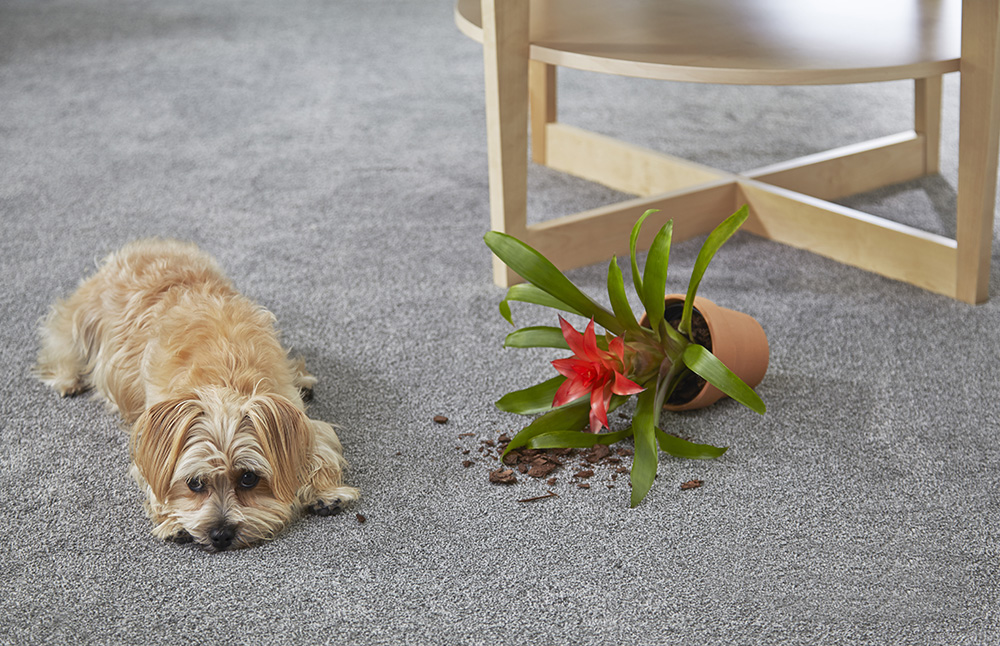
Balconies may seem safe, but it’s easy for small pets to slip through the railings or get stuck halfway. Be sure latticework is in good repair as well, so pets can’t get stuck in holes or crawl into spaces where they shouldn’t go.
Ashes and flames from fireplaces are obviously a hazard indoors, but fire pits and barbecues can be dangerous outside. Always keep an eye on both your fire and your pet, and keep any lighter fluid out of reach.
Chlorine and other chemicals are an obvious worry if your pets tend to drink out of pools or spas, but they’re not the only danger. Even if your pets can swim they can still drown if they can’t get out of the pool. Your best bet is to keep limit pets access to the water with covers or fencing unless accompanied.
Ponds could also pose a threat if your pet falls in and can’t get out. A sloping bottom will provide better footing and also give your pond a more natural look. Ponds are also prone to forming algae, which may be toxic by itself or because of the chemicals added to destroy it.
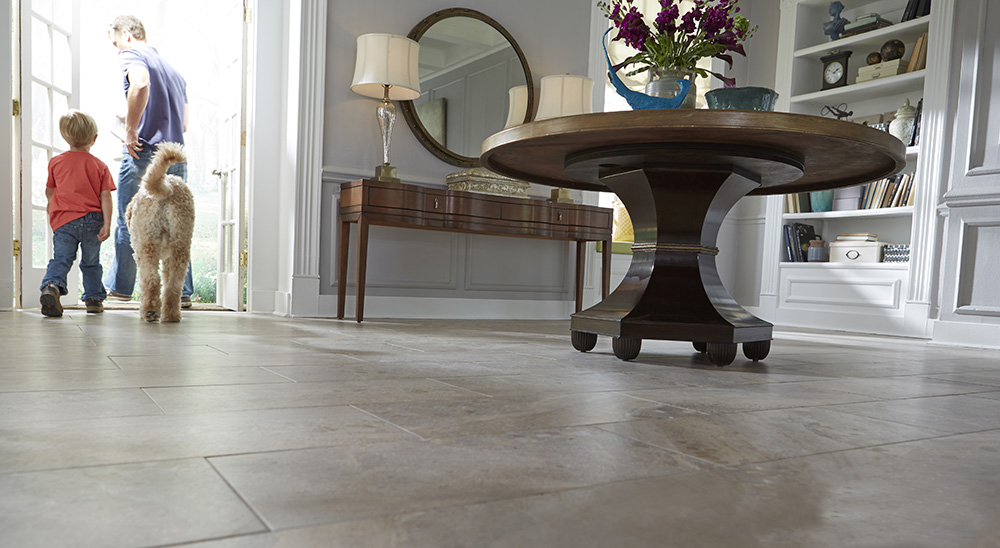







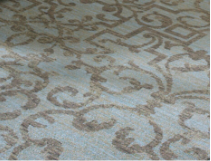
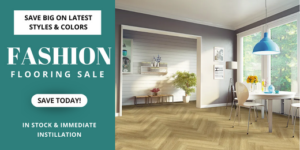

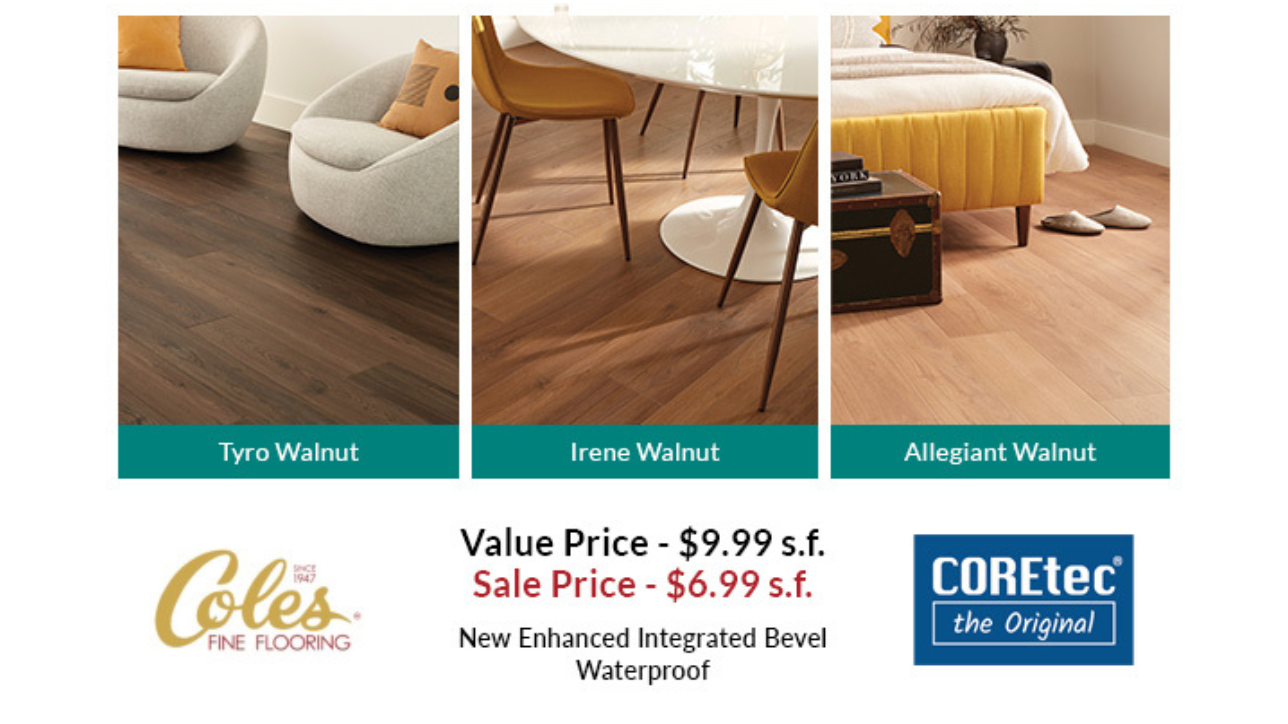
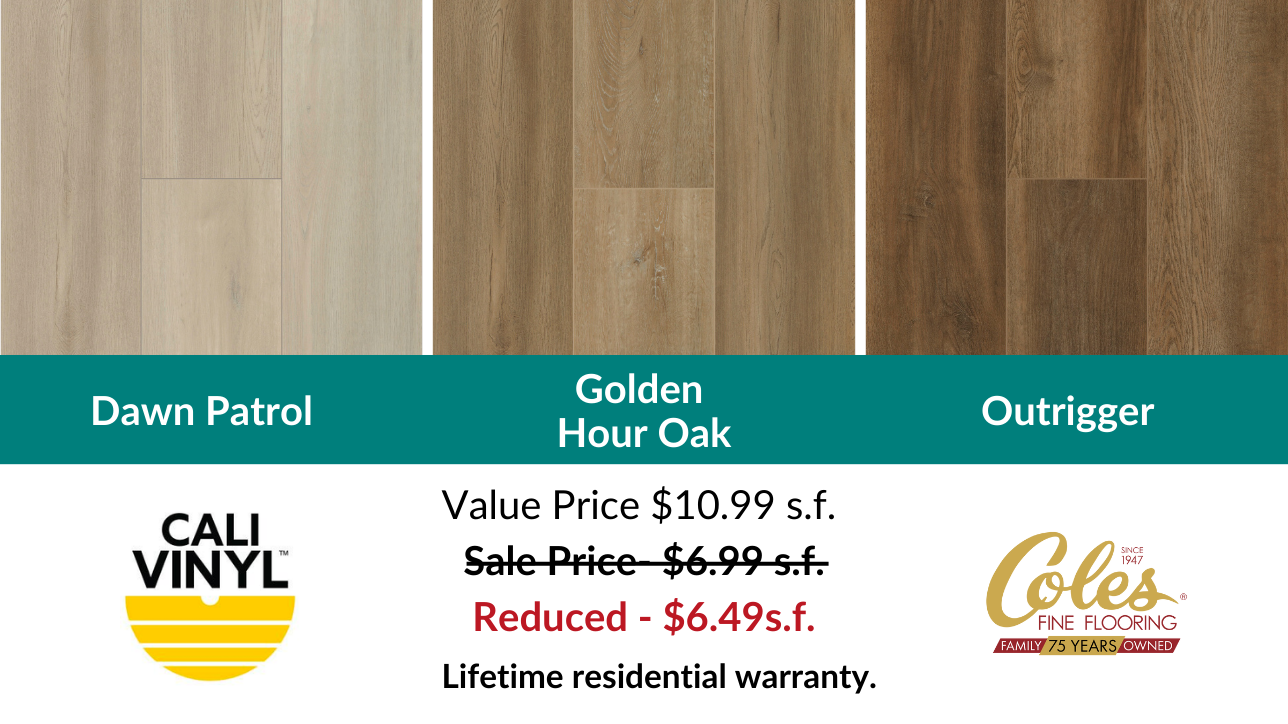
 Prelude Version 2.1
Prelude Version 2.1